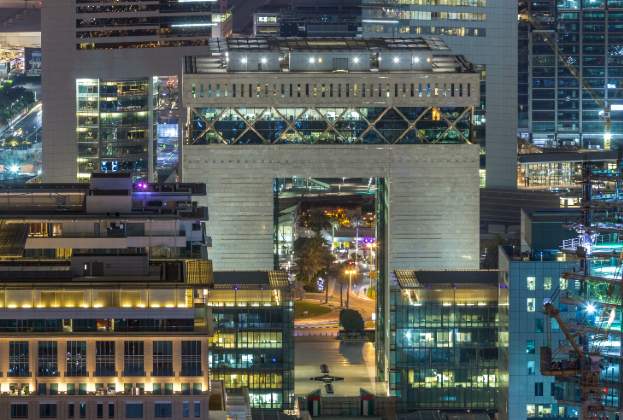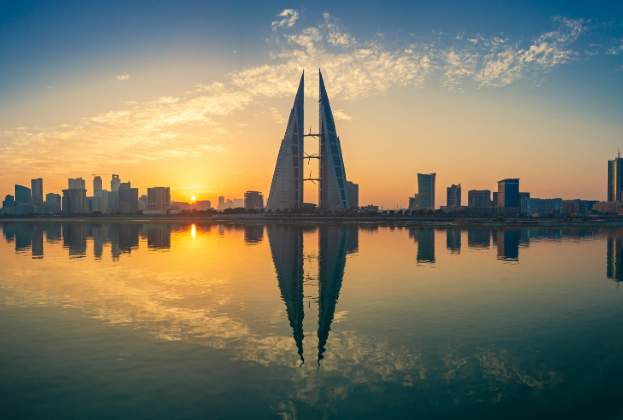In cities across the world, office stock is being reassessed as ESG commitments grow in importance for organisations and investors alike.
To understand this better, Savills conducted an analysis and ranked global cities by their number and share of green certified offices. Several US cities featured strongly, with comparatively high proportions of green certified offices—more than 40% green-certified office space in some cases—often as a result of national and state legislation.
Meanwhile, cities such as Dubai along with others in Europe, Asia and some in US recorded having less than 20% green office space. However, many of these cities analysed have opportunities for growth in green certified office stock. On average, 28% of total stock in the top 20 cities in Savills study is green certified, meaning that over 70% of existing stock will need to be retrofitted.
The Middle East may have a relatively young office stock, with most of the space built in the past two decades, but this is not making the environmental challenge any easier.
A desire to replicate established international markets has left the region with many energy-intensive, glass façade skyscrapers struggling with heat retention and cooling issues in Middle Eastern climes.
However, there are efforts to improve. In the UAE, for example, governments are promoting more environmentally friendly space, while in Abu Dhabi, all government entities must take space in buildings certified by the Pearl Rating System, a region-specific framework to evaluate sustainable building development.
The Kingdom of Saudi Arabia is the largest construction market in the MENA region and sustainability is at the heart of activity. The office market, in particular, is on the cusp of strong growth, with many international corporates set to enter. As a result, many of the upcoming developments, particularly in the Kingdom’s giga cities, are being built on sustainable principles to set new benchmarks on sustainable development.
In Egypt, host of the 2022 UN Climate Change Conference, authorities are keen to showcase the nation’s green credentials after it was selected in recognition of its progress on climate adaption. LEED is the most commonly adopted certificate with around a dozen office buildings rated.
International occupiers now insist on environmental standards instead of accepting market norms. “We’re seeing more corporates either push their landlords to make sure they’re retrofitting the building to meet the basic global standards, or they are moving out of their building completely and looking at new developments,” says Swapnil Pillai, Associate Director in Savills Middle East research team.
This focus on prime is expected to cause problems for lower-grade buildings. For owners of grade C and D buildings, the high levels of vacancy in the region—30% in some locations—means that even with a costly retrofit, there is no guarantee of a tenant.
According to Tanya Broadfield, Director of Sustainability, Savills, bringing office stock up to standard is not just about building certifications, it’s also about management.
“Particularly relevant are ISO 14001 in Environmental Management and ISO 50001 in Energy Management (an extremely useful tool for net-zero pathways). For example, BREEAM/LEED would give you a great score if you had a solar panel on the roof, even if the solar panel was broken and no one knew how to use it. ISO focuses on the actual operational management of a site and requires performance improvement.”
.jpg)




.jpg)

.jpg)


.jpg)